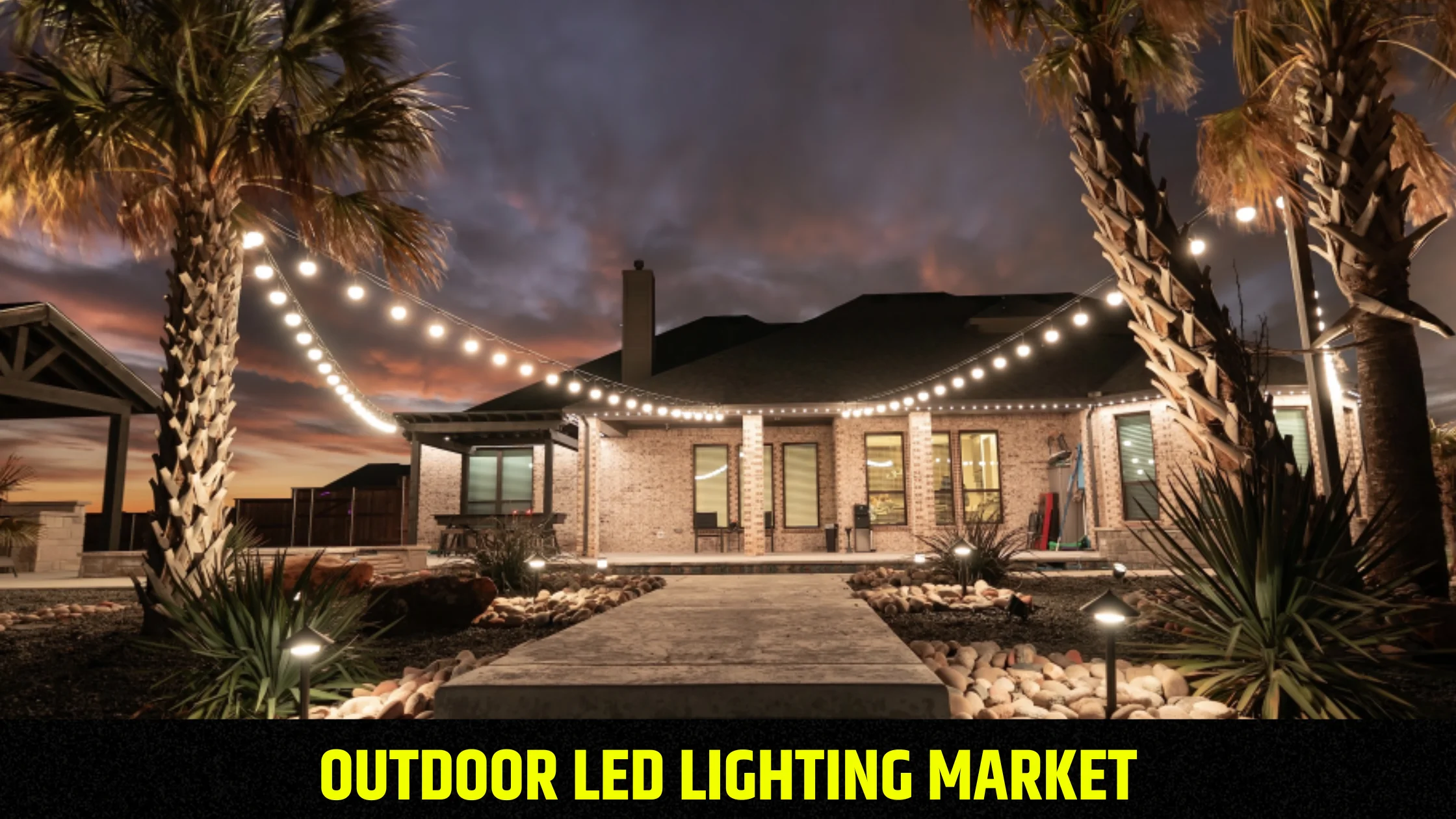LED lights are being used in more industrial, commercial, and residential settings thanks to government backing through various legislation that encourage investments in energy-efficient lighting technology. In addition, lighting uses between 18% and 40% of electricity in commercial buildings and about 10% of electricity in homes. Globally, there is an increasing need for energy conservation, which is expanding the market. It is anticipated that the switch to energy-efficient lighting will result in a 30–40% decrease in the world’s lighting electricity consumption by 2030.
LED light bulbs are currently in the early adoption stage of their product life cycle according to the market strategy. Nonetheless, these product offers are well-positioned to enter and progress through the growth phase due to ongoing technological advancements in LED lighting. Lumileds Holding unveiled their latest commercial LED line, LUXEON 2835. The aforementioned LEDs have been built and designed to cater to the growing need for mid-power, high-efficiency, high-volume LEDs for indoor lighting applications in commercial settings. Among other formats, troffers, panels, and high-bay are typical commercial interior uses.
Thanks to developments in light-emitting diode technology, LED lighting solutions are now able to meet a large portion of the demand for commercial lighting. Nearly 20% of US energy usage is ascribed to commercial buildings, which include stores, restaurants, hospitals, schools, and offices. Of these, 38% is used for lighting.
Generally, it is anticipated that during the projected period, the market demand will be fueled by the fast urbanisation and rising construction activities in the commercial sectors of various countries. For example, Wipro Lighting announced in June 2022 the establishment of a new business unit that would combine seating and commercial lighting products. It seeks to provide more value and more complete business-to-business (B2B) solutions to its clients. Such advancements will fuel market expansion even more.Thanks to developments in light-emitting diode technology, LED lighting solutions are now able to meet a large portion of the demand for commercial lighting. Nearly 20% of US energy usage is ascribed to commercial buildings, which include stores, restaurants, hospitals, schools, and offices. Of these, 38% is used for lighting.
Outdoor LED Lighting Market based on Type:
• LED Lights
• High-Intensity Discharge (HID) Lamps
• Fluorescent Lights
• Plasma lamps
Outdoor LED Lighting Market based on Application:
• Street Lighting
• Tunnel Lights
• Highways
• Parking Lots/Decoration
• Parks and Stadium
• Building Exteriors
• Others
Outdoor LED Lighting Market based on Distribution Channel:
• Direct Sales
• Retail Sales
Outdoor LED Lighting Market based on Geography:
• North America
o US
o Canada
• Europe
o Germany
o UK
o France
o Italy
o Spain
o Rest of Europe (RoE)
• Asia Pacific (APAC)
o China
o Japan
o India
o Australia
o South Korea
o Rest of Asia Pacific (RoAPAC)
• Latin America (LATAM)
o Brazil
o Argentina
o Rest of South America
• Middle East and Africa (MEA)
o UAE
o Turkey
o Saudi Arabia
o South Africa
o Rest of Middle East & Africa
The global market is divided into outdoor and indoor segments based on application. The indoor segment showed the fastest development. The majority of lighting solutions that use LED technology are found in indoor environments. LED floor lamps, vanity lights, LED strip lights, LED ceiling fixtures, LED pendant lights, and many more are a few examples. LED light consumption has increased significantly in recent years due to the pace at which modern housing is being developed as well as the rise in the number of home repair projects carried out in the previous year. In 2022, the segmental revenue accounted for approximately 67.1% of the overall share.
The global market is divided into commercial, residential, industrial, and other categories based on end-use. With approximately 51.5% of the market share in 2022, the commercial category was the biggest source of revenue. The rise was caused by higher expenditures for the commercial application of LED lighting in venues such corporate headquarters, galleries, museums, and exhibitions. Government laws governing energy use and carbon emissions are followed by these high-performance lighting materials. Additionally, the increasing rate of innovation as manufacturers provide consumers with cutting-edge solutions could be a major factor in the segment’s future growth.
Asia-Pacific is expected to have the fastest growth in the global LED lighting market during the forecast period. 43.65% of global revenue was earned in 2022 by the area. One important regional share motivator for LED lights is the high domestic demand and consumption for them. All end-user verticals, including commercial, industrial, and residential ones, have strong demand. Increased consumption has been brought about by the rapid pace of infrastructure development projects as well as the growing number of individuals moving to metropolitan regions with contemporary housing.
• This report illustrates the most vital attributes of the Outdoor LED Lighting Market, which are driving and providing opportunities.
• This research gives an in-depth analysis of the Outdoor LED Lighting Market growth on the basis of several segments in the market.
• This report presents the predictions of the past and present trends of the Outdoor LED Lighting Market.
• This study also presents the competitive analysis, such as key strategies and capabilities of major players of the Outdoor LED Lighting Market.

